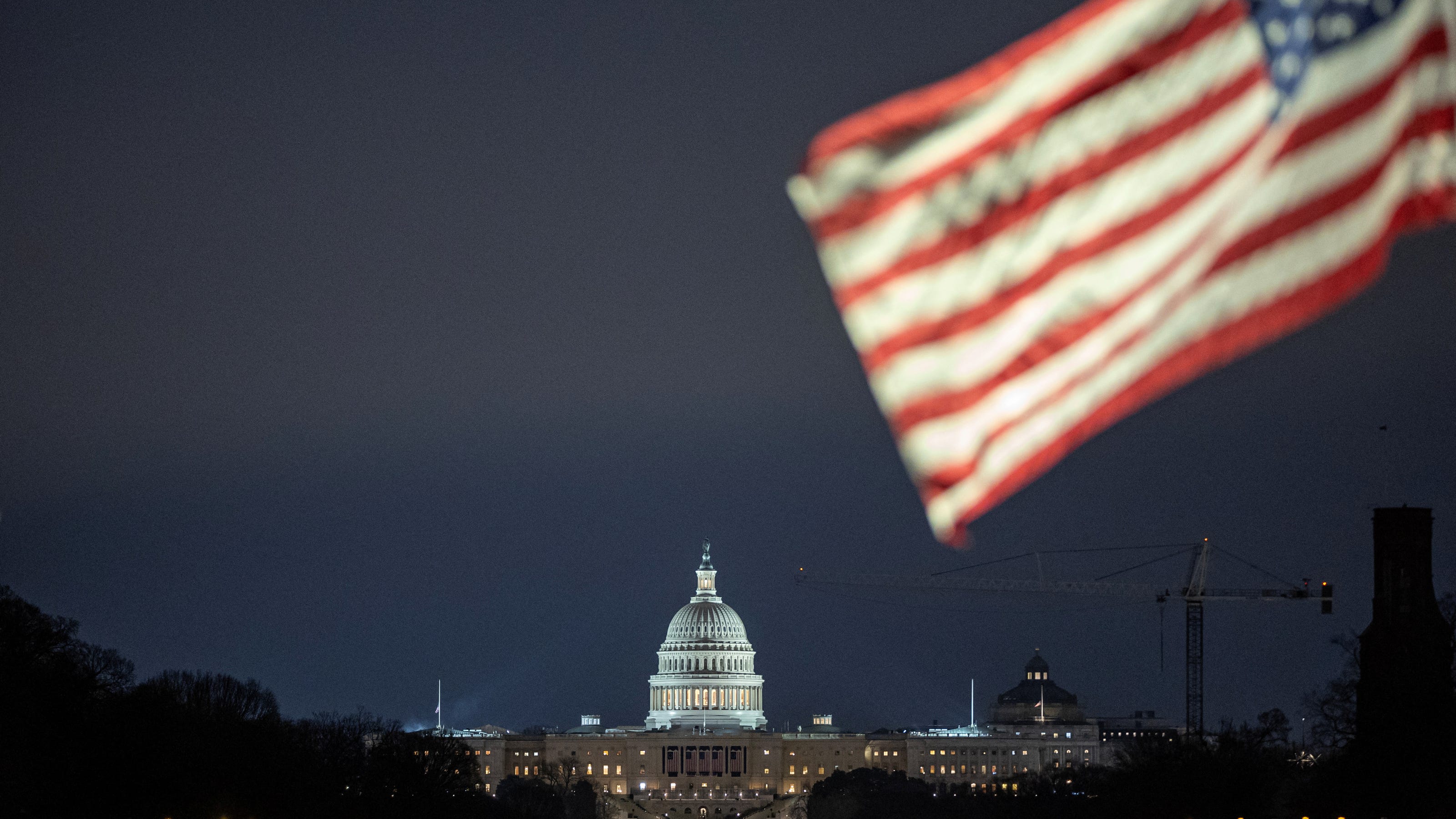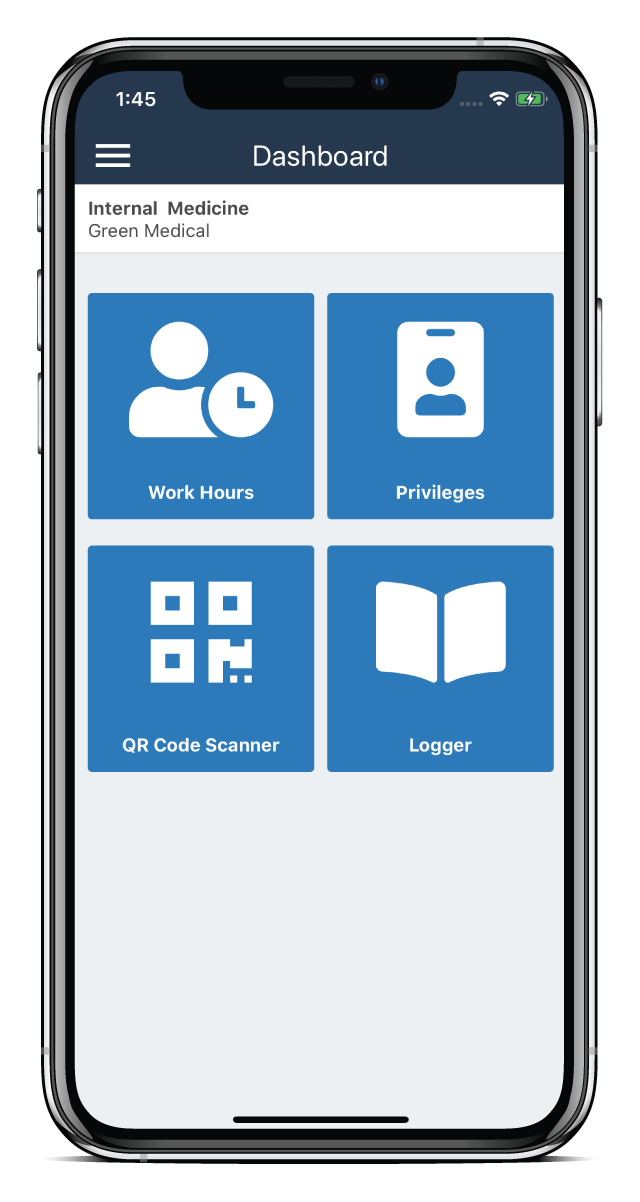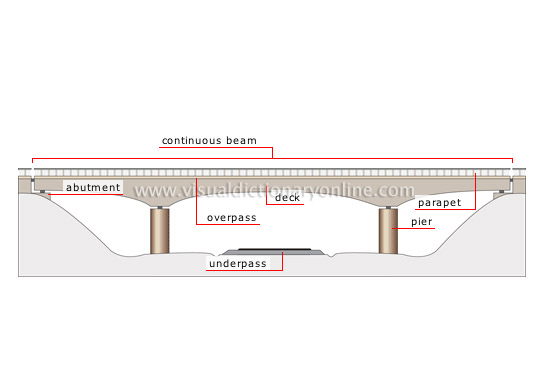Trump's Inauguration Schedule

The inauguration of Donald Trump as the 45th President of the United States was a historic event that took place on January 20, 2017. The schedule for the inauguration was carefully planned and executed, with a series of events and activities that marked the transition of power from the outgoing President Barack Obama to the incoming President Trump. In this article, we will provide a detailed overview of the inauguration schedule, highlighting the key events and milestones that occurred throughout the day.
Key Points
- The inauguration ceremony began at 11:41 AM EST with the singing of the national anthem by the United States Marine Band.
- President Trump took the oath of office at 12:00 PM EST, administered by Chief Justice John Roberts.
- The inauguration address was delivered by President Trump at 12:08 PM EST, lasting approximately 16 minutes.
- The inaugural parade began at 3:00 PM EST, featuring over 8,000 participants from across the country.
- The inaugural balls took place in the evening, with President Trump and the First Lady attending three official balls.
Inauguration Ceremony

The inauguration ceremony was held on the West Front of the United States Capitol, with an estimated 300,000 people in attendance. The event began with the singing of the national anthem by the United States Marine Band at 11:41 AM EST. This was followed by the invocation, delivered by Reverend Franklin Graham, and the swearing-in of Vice President Mike Pence by Justice Clarence Thomas.
Oath of Office
At 12:00 PM EST, President Trump took the oath of office, administered by Chief Justice John Roberts. The oath was taken using two Bibles: the Lincoln Bible, which was used by President Abraham Lincoln during his inauguration in 1861, and the Bible given to President Trump by his mother. The President placed his hand on the Bibles and repeated the oath, promising to faithfully execute the office of the President and to preserve, protect, and defend the Constitution of the United States.
According to the Joint Congressional Committee on Inaugural Ceremonies, the oath of office is a solemn promise made by the President to uphold the Constitution and defend the country. The committee noted that the oath is a critical component of the inauguration ceremony, marking the official transfer of power from one President to another.
Inaugural Address

Following the oath of office, President Trump delivered his inaugural address at 12:08 PM EST. The speech lasted approximately 16 minutes and was watched by an estimated 31 million people on television. In his address, President Trump outlined his vision for the country, promising to create jobs, reduce bureaucracy, and strengthen national security. He also emphasized the importance of unity and cooperation, calling on Americans to come together to address the country’s challenges.
Policy Initiatives
During his address, President Trump highlighted several policy initiatives that he planned to pursue during his presidency. These included the repeal and replacement of the Affordable Care Act, the construction of a wall along the US-Mexico border, and the creation of a new tax plan to stimulate economic growth. The President also emphasized the need to invest in the country’s infrastructure, including roads, bridges, and airports.
| Policy Initiative | Key Features |
|---|---|
| Affordable Care Act Repeal | Replacement with a new healthcare plan, increased state flexibility |
| US-Mexico Border Wall | Construction of a physical barrier, increased border security measures |
| Tax Plan | Reduced tax rates, simplified tax code, increased economic growth |
| Infrastructure Investment | Increased funding for roads, bridges, and airports, creation of new jobs |

Inaugural Parade
The inaugural parade began at 3:00 PM EST, featuring over 8,000 participants from across the country. The parade route ran along Pennsylvania Avenue, from the Capitol to the White House, and included a variety of performances and exhibits. The President and the First Lady watched the parade from the reviewing stand, located in front of the White House.
Participating Groups
The inaugural parade featured a diverse range of participating groups, including marching bands, floats, and performance troops. Some of the notable groups that participated in the parade included the United States Marine Band, the Army Old Guard Fife and Drum Corps, and the National Park Service. The parade also included a number of international participants, including groups from Canada, Mexico, and the United Kingdom.
According to the Presidential Inaugural Committee, the parade was designed to showcase the diversity and talent of the American people. The committee noted that the parade featured a wide range of performances and exhibits, including music, dance, and cultural displays.
Inaugural Balls
The inaugural balls took place in the evening, with President Trump and the First Lady attending three official balls. The balls were held at the Walter E. Washington Convention Center and featured a variety of performances and entertainment. The President and the First Lady danced at each of the balls, with the President wearing a tuxedo and the First Lady wearing a gown designed by Hervé Pierre.
What was the significance of the inauguration ceremony?
+The inauguration ceremony marked the official transfer of power from President Obama to President Trump, and was a significant event in American history. The ceremony included the swearing-in of the President and Vice President, as well as the delivery of the inaugural address.
Who participated in the inaugural parade?
+The inaugural parade featured over 8,000 participants from across the country, including marching bands, floats, and performance troops. The parade also included a number of international participants, including groups from Canada, Mexico, and the United Kingdom.
What was the theme of the inaugural address?
+The theme of the inaugural address was unity and cooperation, with President Trump calling on Americans to come together to address the country’s challenges. The address also outlined the President’s vision for the country, including his plans for job creation, infrastructure investment, and national security.



